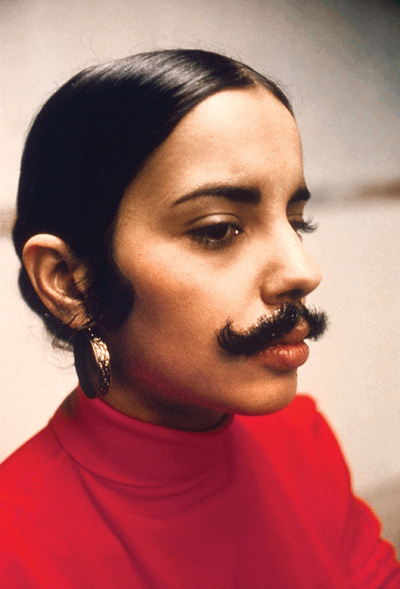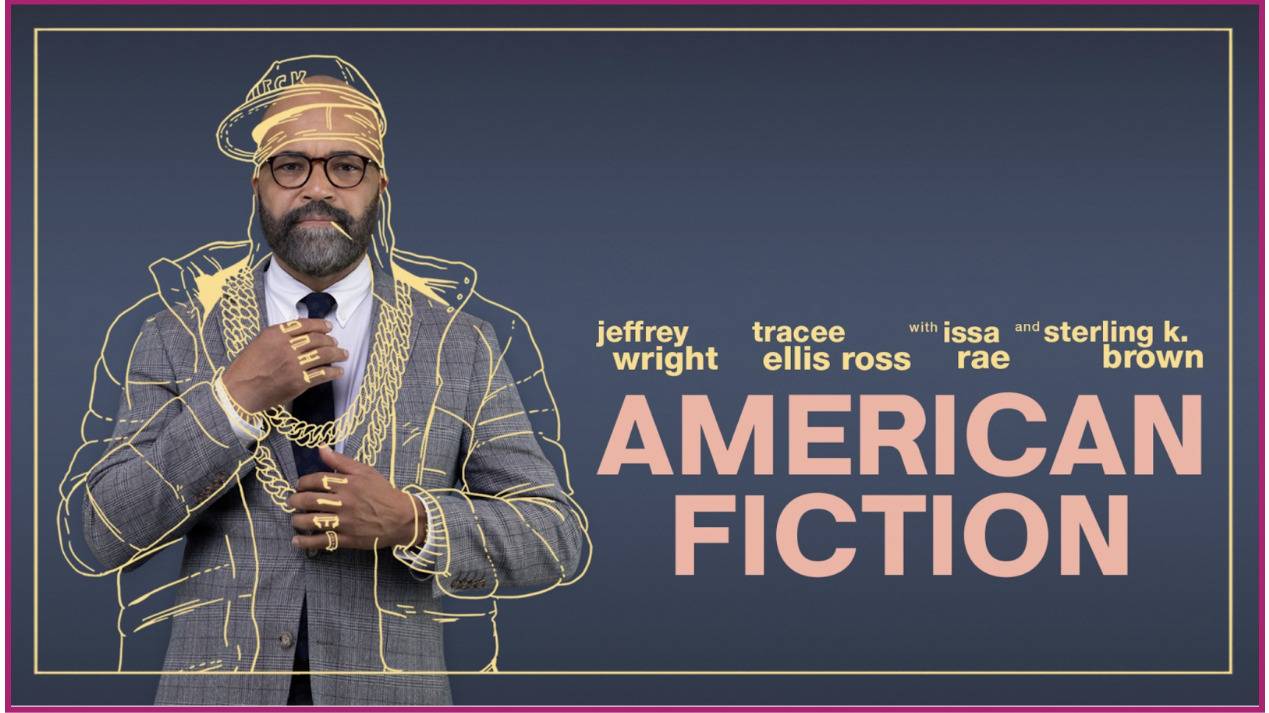
Ana Mendieta. “Documentation of an untitled work” 1972.Courtesy of Galerie Lelong, New York.
Internal divisions within the feminist movement came to head with the controversial death of Cuban Artist Ana Mendieta, who fell out of the window of her 34th floor apartment after a fight with her husband, the minimalist artist Carl Andre. Although Andre was ultimately acquitted by a judge, there have always been doubts about his involvement.
In the most tense moment of the film, the scholar and film critic B. Ruby Rich accuses the Guerrilla Girls of being “so split by differences” and not putting out “a fucking poster in her defense.” The aggrieved do not offer a response in the film to Rich’s criticism. “I asked them if they had any response to [Mendieta’s death,] but they didn’t do anything at the time. They did do a poster, but it was about ten years later,” explained Hershman-Leeson to F Newsmagazine. Ana Mendieta’s presence echos throughout the documentary – and it is with a long close-up of her face in a group picture and video footage of her work entitled “Anima” (1976) that the documentary ends. When asked about her decision to emphasize Mendieta’s work, Hershman-Leeson replies, “She had an important story. Her relationship with Carl Andre was representative of the conflict between minimalism and feminism, and what happened to her is a tragic story that I didn’t want to be forgotten.” She recalled the division and tension her death generated in the art world: “It was really just a typical way of not being able to directly confront what was happening out of fear of punishment and reprisals. It was clear in that past, and it is still clear in the present, that there are certain lines that you can’t cross, and certain things that you are not allowed to say or talk about. Her case just typifies that situation.”
Hershman-Leeson, director, editor, writer and narrator of the film, explains she questioned for a long time whether or not to include her own work in the film. “I didn’t want it to seem like an excuse to show my work, so it was a difficult decision in those terms. I didn’t want my work to be competing with other artists’ work and ideas,” she confided to F Newsmagazine. In the film, she justifies her final decision to appear in the documentary as a featured artist, “I decided not to continue with the legacy of exclusion, so here I am.” The decision comes across as egocentric and arrogant, not because her work does not deserve that recognition, but because of the tone in which she speaks. Evidence enough of this idea, is the fact that towards the end of the film she shows the final time line for the film that includes the story of so many great artists and says: “I realized that the time line for this film is in fact my own.”






















This looks like such an interesting project and it will be incredibly valuable for the study of feminist art. Unfortunately, I am unable to see the film as it hasn’t been released in the UK so thank you so much for posting the link to the other interviews!
As you rightly point out in this article, there is still so far to go to achieve genuine equality in the art world. Things have improved, but not as much as we sometimes think they have…
Another great article!!! Keep up the good work F!